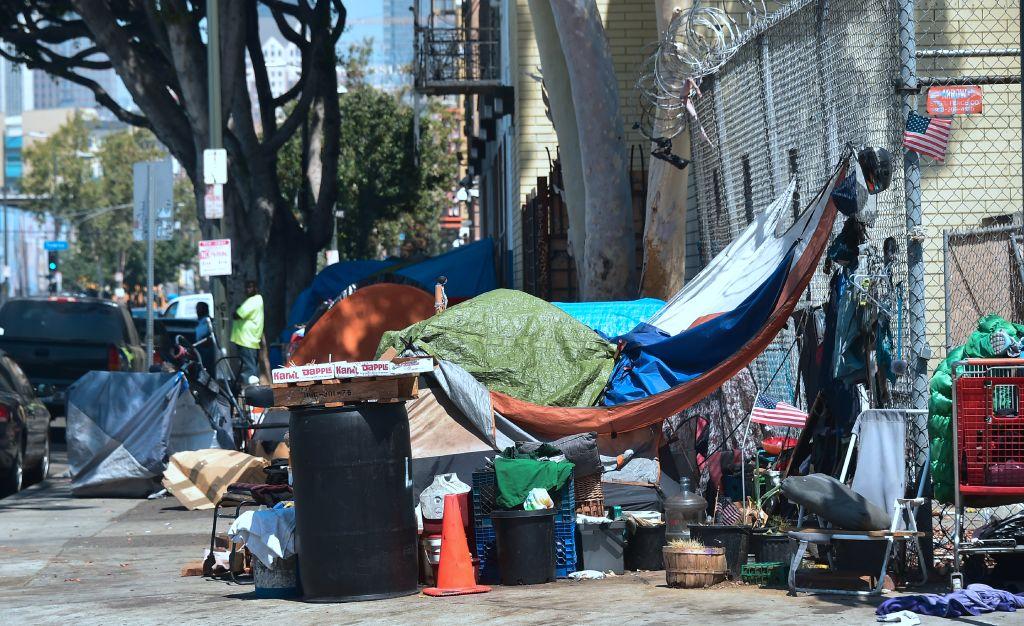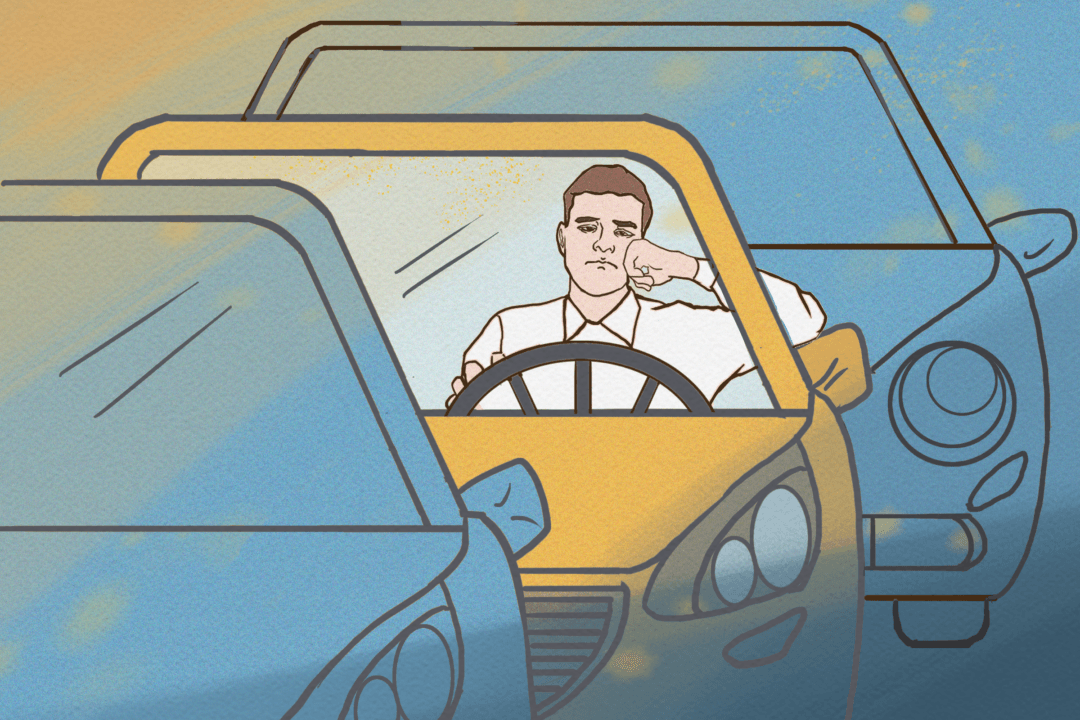California is still grappling with a growing incidence of hepatitis A, particularly among the homeless, including a major outbreak in San Diego and smaller outbreaks in Santa Cruz and Los Angeles counties.
In San Diego County, public health workers are taking to the streets to vaccinate the population of homeless people, who can be hard to find and to inform.





